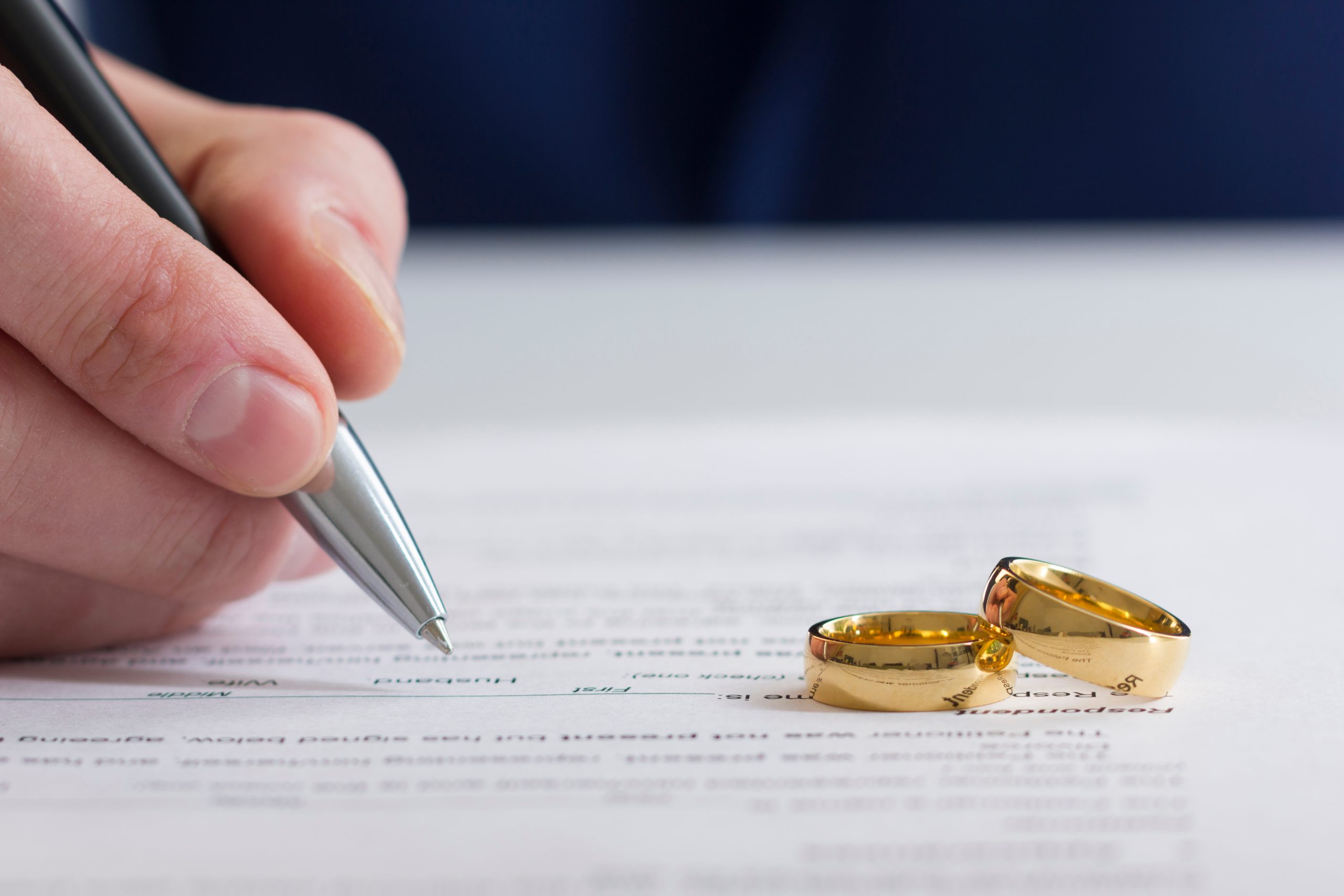The Supreme Court these days is under a lot of scrutiny, and rightly so, but they did take a couple of groundbreaking decisions in the past. Here are some decisions that have significantly impacted American life, including the landmark abortion case, Roe v. Wade, and the recent Supreme Court decision that overturned it.
Since the U.S. Supreme Court first convened in 1790, it has decided tens of thousands of legal controversies. The Court’s decisions have defined the country’s legal framework and shaped countless aspects of American society. So, without further ado, let’s dive into this blog and learn about some of the monumental decisions taken by the Supreme Court.
1. U.S. v. Wong Kim Ark (1898)

U.S. v. Wong Kim Ark (1898) established the precedent that anyone born in the United States is a U.S. citizen, regardless of the nationality of their parents. In a 6-2 decision, the Supreme Court ruled that Wong Kim Ark, born in San Francisco to Chinese parents, was entitled to citizenship by virtue of his birth in the United States. The Court cited the first clause of the 14th Amendment to the Constitution, which states that “all persons born or naturalized in the United States and subject to its jurisdiction are citizens of the United States.”
2. Brown v. Board of Education (1954)
In Brown v. Board of Education (1954), the Supreme Court justices unanimously ruled that racially segregated schools were unconstitutional. The decision led the federal government to order the desegregation of schools and helped advance the civil rights movement in the country. The decision (9 to 0) overturned an earlier high court decision, Plessy v. Ferguson (1896), which allowed for “separate but equal” education. The Court has now declared that “separate educational institutions are inherently unequal” and ruled that separate schools violate the equal protection clause of the 14th Amendment to the Constitution.
3. Engel v. Vitale (1962)
Engel v. Vitale (1962) established that public schools could not have student prayers. The Court ruled (6-1) that the New York State school system was acting unconstitutionally by beginning each day with a school-sponsored prayer that referred to God. Although the prayer was voluntary, the High court said it was inappropriate for the government to endorse a particular belief system. It said the government’s actions violated the First Amendment of the Constitution, which guarantees freedom of religion and prohibits the government from “establishing” a religion.
4. New York Times v. United States (1971)
New York Times v. United States (1971), often referred to as the “Pentagon Papers” case, expanded the freedom of the press. The Court ruled (6-3) that the newspapers had a First Amendment right to publish the classified documents and said the government had not shown that publication of the documents would cause harm to the United States. The decision allowed the New York Times and Washington Post to publish the Pentagon Papers, a U.S. government report on U.S. involvement in the Vietnam War.
5. Roe v. Wade (1973)

Roe v. Wade (1973) is the Supreme Court decision that gave women across the United States the right to have an abortion in the first trimester of pregnancy. In a 7-2 decision, the Court stated that women have a right to privacy that allows them to choose the fate of their pregnancy in its early stages.
However, the Court also allowed states to place certain restrictions on abortion in the later stages of pregnancy to protect the health of the mother and the fetus. The case has been at the center of the American abortion debate since the decision was handed down nearly 50 years ago.
6. Texas v. Johnson (1989)
In Texas v. Johnson (1989), the Supreme Court found that even highly offensive speech, such as burning the American flag, is protected by the 1st Amendment of the Constitution. The Court ruled (5-4) that Gregory Johnson, arrested for burning an American flag outside Dallas City Hall, was exercising his right to free speech.
7. District of Columbia v. Heller (2008)
In District of Columbia v. Heller (2008), the Supreme Court ruled that U.S. citizens have the right to possess firearms unrelated to military service. In a 5-4 decision, the Court cited the 2nd Amendment- the right to bear arms – in striking down a District of Columbia law that strictly restricted the use of handguns in the city. It rejected an argument that the founders of the Constitution included the term “militia” in the 2nd Amendment to restrict arms to those in military service, saying that in the founders’ time, the term referred to all able-bodied men.
8. Obergefell v. Hodges (2015)

Obergefell v. Hodges (2015) is the Supreme Court case that gave same-sex couples the right to marry nationwide. The Court ruled (5-4) that the 14th Amendment to the Constitution guarantees people the right to marry and that the right is administered “with equal force for same-sex couples.” The Court ruled that bans on same-sex marriage- then in place in more than a dozen states- were unconstitutional, legalizing such marriages in all 50 states.
9. Dobbs v. Jackson Women’s Health Organization (2022)
In Dobbs v. Jackson Women’s Health Organization (2022), the Supreme Court overturned Roe v. Wade (1973), eliminating the constitutional right to abortion and leaving it to each state to decide. The Court upheld a Mississippi law banning abortion after 15 weeks of pregnancy, well before the precedent set by Roe v. Wade. A 5-4 majority declared that no abortion right is “implicitly protected by a constitutional provision.” The Court also rejected arguments that Roe should be protected because of nearly 50 years of precedent.
Sound off in the comments section below and tell us what you want to read next and if you want to read more about landmark supreme court decisions.

